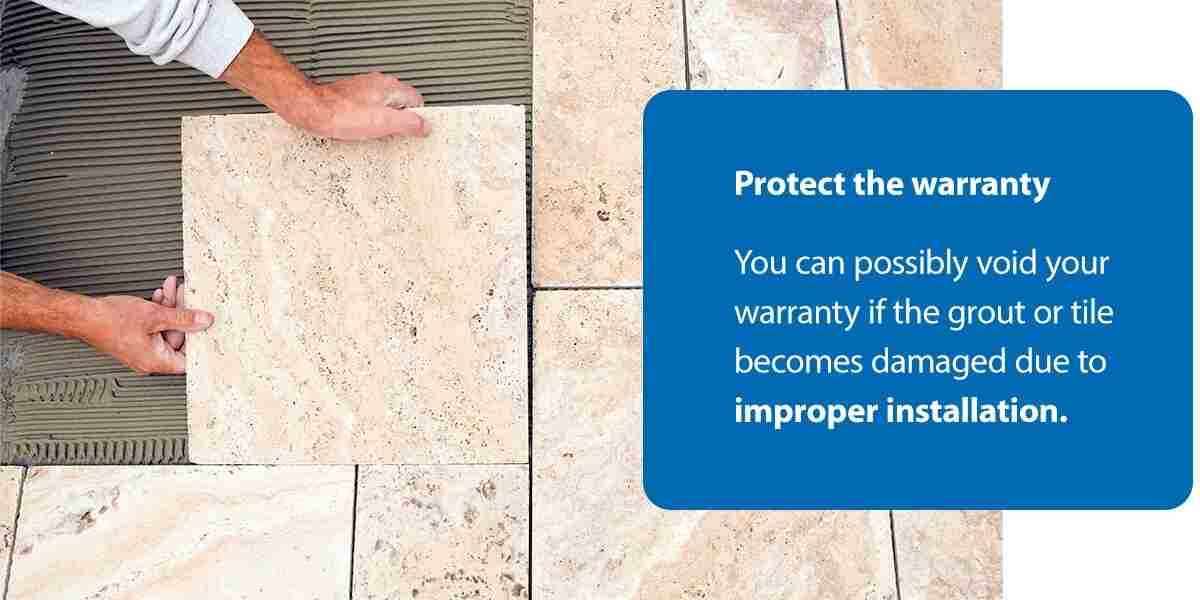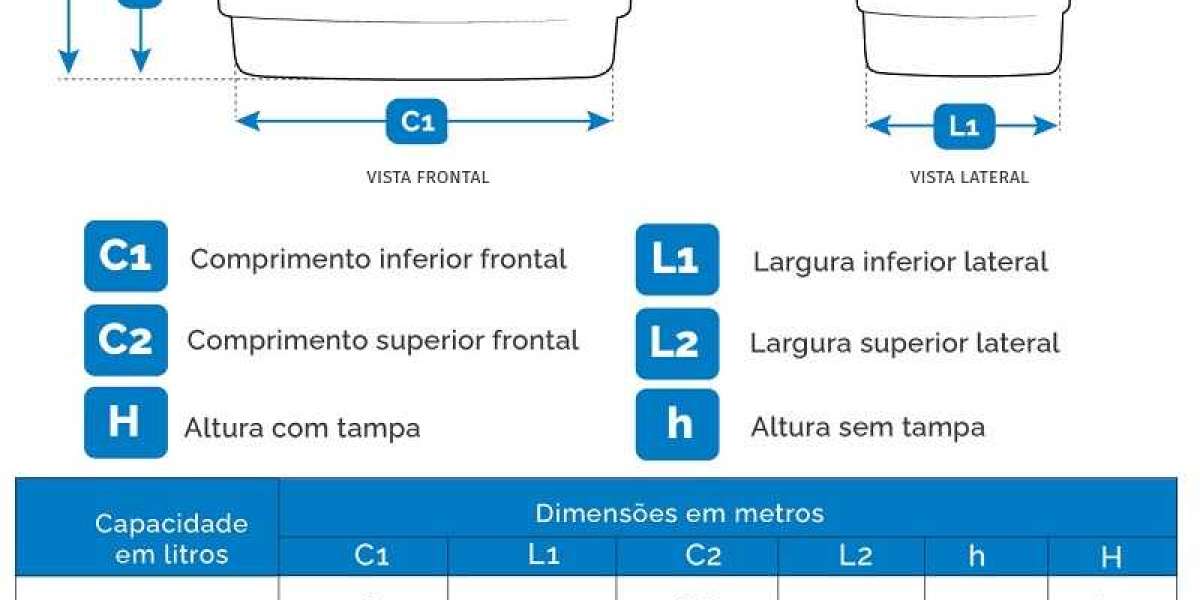Floor tiles are a cornerstone of modern construction and home design, valued for their durability, versatility, and aesthetic appeal. However, cracked tiles can compromise both the appearance and functionality of a space. Understanding the common causes of floor tile cracks and implementing preventive measures can save time, effort, and money while ensuring lasting results. This guide provides an overview of the factors behind cracked tiles and actionable tips to avoid them, tailored for homeowners and construction professionals alike.
Common Causes of Floor Tile Cracks
1. Subfloor Issues
The stability of a tile floor starts with its foundation. A subfloor that is uneven, improperly prepared, or not strong enough to support the weight of tiles can cause cracks over time. For instance, movement or flexing in the subfloor can transfer stress to the tiles, leading to fractures.
Concrete Subfloors: Cracks in concrete subfloors can propagate through tiles if not addressed.
Wooden Subfloors: Excessive deflection or sagging creates an unstable base.
2. Improper Tile Installation
Faulty installation is a leading cause of tile cracks. Common mistakes include using incorrect adhesives, skipping the use of a leveling system, or failing to apply proper grout spacing. Insufficient mortar coverage beneath the tile can leave hollow spots, making tiles more prone to cracking under pressure.
3. Thermal Expansion and Contraction
Temperature fluctuations can cause tiles and subfloors to expand and contract. Without adequate expansion joints, the resulting pressure can crack tiles. This is particularly a concern in areas with extreme temperature changes or for tiles installed in outdoor settings.
4. Heavy Loads or Impact
Tiles are durable but not invincible. Dropping heavy objects or applying excessive weight to a single area can lead to fractures. For commercial spaces, using tiles not rated for the expected load can also cause failures.
5. Material Quality
Low-quality tiles are more susceptible to cracking. Inferior manufacturing processes can result in tiles that are brittle or have internal defects.
Practical Tips to Prevent Tile Cracks
1. Start with a Stable Subfloor
A strong and level subfloor is critical for long-lasting tile installations. Address any unevenness by sanding or applying a self-leveling compound before laying tiles. For wooden subfloors, ensure joists are spaced appropriately and use a cement board or uncoupling membrane to enhance stability.
2. Choose High-Quality Tiles
Investing in high-quality tiles may have a higher upfront cost, but it pays off in durability and resistance to cracking. Opt for tiles that meet industry standards for load capacity and are appropriate for the intended use (e.g., porcelain for high-traffic areas).
3. Use Professional Installation Techniques
Hiring experienced installers or adhering to best practices ensures a flawless finish. Key considerations include:
- Applying a proper layer of mortar to eliminate hollow spots.
- Ensuring adequate grout joints to accommodate slight movements.
4. Incorporate Expansion Joints
Expansion joints allow tiles to flex with changes in temperature and humidity. For larger areas, include joints every 20-25 feet indoors and 8-12 feet outdoors. Proper placement and material selection for these joints prevent cracking due to thermal stress.
5. Protect Against Impact and Heavy Loads
To minimize risks in high-impact areas, such as kitchens or entryways, use tiles with a higher PEI (Porcelain Enamel Institute) rating. For commercial spaces, ensure the tiles meet the load-bearing requirements of the area.
6. Seal and Maintain Tiles
Sealing tiles and grout protects against moisture penetration, which can weaken adhesives and cause movement. Regular maintenance, such as cleaning and resealing grout lines, prolongs the life of the installation.
Bonus Tip: Invest in Reliable Products
Selecting premium construction products can make a significant difference in the longevity of a tiled floor. High-performance adhesives, grout, and underlayment materials are just as important as the tiles themselves. Brands offering warranties and industry certifications can provide additional peace of mind.
Why Preventing Tile Cracks Matters
Preventing floor tile cracks is not just about aesthetics; it’s about creating a safe, durable, and functional space. For homeowners, avoiding cracks reduces repair costs and maintains property value. For builders, delivering quality results enhances reputation and reduces callbacks.
By understanding the common causes of tile cracks and following these preventive tips, you can ensure that your tiled floors remain pristine for years to come.
Incorporating these practices into your next project will not only improve outcomes but also set a new standard for quality and reliability in tile installations. Whether you're a homeowner undertaking a DIY project or a construction professional managing a large-scale build, these insights provide a solid foundation for success - https://tokohasil.com.








